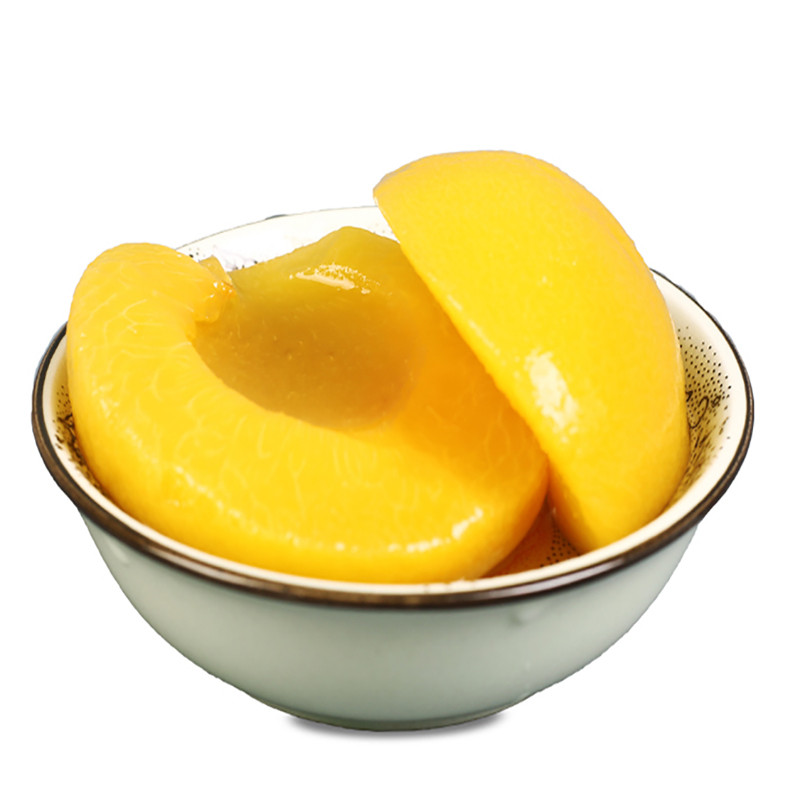Shi Yigong's research group published two papers in the same issue of Science
July 28, 2016 Source: MedSc
Window._bd_share_config={ "common":{ "bdSnsKey":{ },"bdText":"","bdMini":"2","bdMiniList":false,"bdPic":"","bdStyle":" 0","bdSize":"16"},"share":{ }};with(document)0[(getElementsByTagName('head')[0]||body).appendChild(createElement('script')) .src='http://bdimg.share.baidu.com/static/api/js/share.js?v=89860593.js?cdnversion='+~(-new Date()/36e5)];On July 22, 2016, the research team of the Life Science Joint Center, Shi Yigong, published two research articles on the structure and mechanism of splices in Science, entitled "Yeast Splicing Activation". "Structure of a Yeast Activated Spliceosome at 3.5 A Resolution" and "Structure of a Yeast Catalytic Step I Spliceosome at 3.4 A Resolution", The three-dimensional structure of the near-atomic resolution of the splice complexes of two important states in Saccharomyces cerevisiae splicing activation and splicing reaction was reported, and the activation and catalytic mechanism of the splices were elucidated, thus further revealing the precursors. The molecular mechanism of messenger RNA splicing (hereinafter referred to as RNA splicing).
RNA splicing is a key link in the process of eukaryotes from DNA to protein signaling centers. Its main performer is an extremely complex molecular machine - the splice body. Through the splicing reaction, the number and length of introns in the precursor messenger RNA are eliminated, and the remaining exons are joined in a specific order to form mature messenger RNA (mRNA), which is further catalyzed by ribosomes. Translated into protein. The chemical nature of RNA splicing is that the precursor messenger RNA undergoes a two-step transesterification reaction to complete the cleavage and ligation in two critical steps, each of which needs to be catalyzed by a splice.
A spliceosome is a protein-directed metalloribozyme mediated by a large number of protein factors. During the splicing reaction, the protein-nucleic acid complexes and splicing factors that make up the splicing body bind and depolymerize in a highly precise sequence, and with large-scale structural recombination, assemble into a series of splicing bodies with different components and conformations. Molecular machines, according to their biochemical properties in the process of RNA splicing, these splices are artificially divided into B, Bact, B*, C, P, ILS and other states. Obtaining the structure of the splice body in different states during activation and catalytic reaction is one of the most fundamental and challenging structural biology problems. In August 2015, Shi Yigong's research team took the lead in breaking through the world's first high-resolution structure of 3.6 angstroms in the ILS state of the fission yeast splice.
In the two recently published "Science" papers, Shi Yigong's research team further explored and optimized the protein purification program, capturing the S. cerevisiae spliceosome (also known as Bact complex) and the good nature. The first step of the catalytic reaction (catalytic step I spliceosome, also known as C complex), and the use of single-particle cryo-electron microscopy and efficient data classification methods, the overall resolution of 3.5 and 3.4 angstroms were reconstructed. Two high-resolution cryo-electron structures were constructed and atomic models were built (Fig. 1, 2). The analysis of the near-atomic resolution three-dimensional structure of these two complexes shows for the first time the reaction state of pre-mRNA and catalytic snRNA before and after the first transesterification reaction, and the assembly of protein components inside the splicing body. It is particularly worth mentioning that the resolution of the catalytic core region reaches 2.8 to 3.0 angstroms, clearly showing the structural information of the splicing reaction center, providing the clearest key to explain the catalytic mechanism of splices on pre-mRNA splicing. evidence.
The comparison of the above two structures with the ILS splices previously reported by the research group and the 3.8 angstrom S. cerevisiae tri-snRNP structure reported in January 2016 reveals that the splices act as nuclei during the pre-mRNA splicing reaction. Enzyme catalysis completes the nature of the two-step transesterification reaction and is another breakthrough in the field of RNA splicing research.
Healthy Peach Without Sugar is healthy formulation created for those who are not suitable for added sugars.
In order to control product quality and safety from raw material origins, Fomdas plant fresh Yellow Cling Peach. About 1/3 of raw materials are picked from Fomdas own orchards, and another 2/3 are purchased from approved suppliers. We have complete and strict supplier assessment system.

All Ams Peach are natural and sun-ripened, they are processed at the peak of freshness. We test the pesticides and heavy metal residual before putting into production of Canned Peaches With No Sugar.

Fomdas Canned Peaches No Sugar Added is gluten free, Non-GMO and Kosher. It is easy portable and shelf-stable, with it, you can enjoy fresh taste of yellow peaches anywhere and anytime.
Canned Yellow Clingstone Peaches NSA, Canned Peaches No Sugar Added, Canned Peaches with No Sugar, Peaches in Splenda, Peaches in Sucralose, Healthy Peach without Sugar
ZHEJIANG FOMDAS FOODS CO., LTD. , https://www.fomdasfoods.com